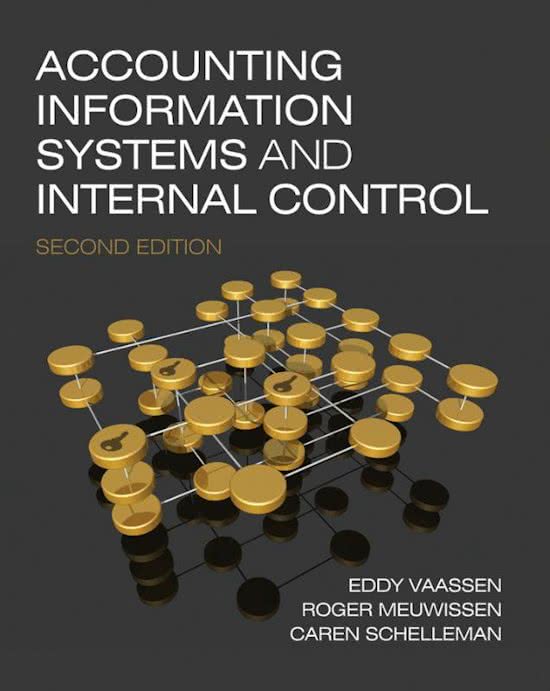Samenvatting
Samenvatting accounting information systems and internal control
- Instelling
- Tilburg University (UVT)
Samenvatting van het boek Accounting Information Systems and Internal Control voor het vak Advanced Accounting Information Systems. Master Accounting, University of Tilburg.
[Meer zien]





